Wind Sucks. It DoesntBlow.
And Other Insights from BuckminsterFuller
by Pete Chasar
Copyright 1981 Pete Chasar Smashwords Edition
Thisebook is licensed for your personal enjoyment only. This ebook maynot be re-sold or given awayto other people. If you would like to share this book with anotherperson, please purchase an additional copy for each recipient. Ifyoure reading this book and did not purchase it, or it was notpurchased for your use only, then please return to your favoriteebook retailer and purchase your own copy. Thank you for respectingthe hard work of this author.
When I first read BuckminsterFuller in the late 1960s, I was intrigued by his comprehensiveinsights on evolution, history, technology and what he calledUniverse. Many years later I wrote a manuscript that explainedBuckys concepts without his rambling and sometimes-convolutedlanguage. According to his assistant, Bucky read the manuscriptand, despite its simplicity, was impressed with my "attention andfaithfulness to detail."
Recently, I pulled the manuscriptout of the drawer where I had stashed it 30 years earlier. ThoughBucky's insights go back half a century, they're still refreshingand relevant.
Pete Chasar
TABLE OFCONTENTS
 NO INSTANT UNIVERSE OR PUDDING
NO INSTANT UNIVERSE OR PUDDING
Instant seems to be one of today'smost popular words. But, with the exception of thought, nothing isreally instant, not even light.
That was proven early in thetwentieth century when scientists discovered that radiation (light)travels at 186,000 miles per second. This means that the sunlightnow striking your skin or entering your eyes actually left the Suneight minutes ago, and that the stars you can see tonight couldhave disappeared thousands of years ago.
It also means that statements like,"I wonder what's outside the Universe" are ridiculous. Universe isnot a thing or a shape that you can get out of. Universe is ascenario.
Just as a single frame of motionpicture film doesn't tell the whole story, a single picture doesn'tdescribe Universe. It's always changing, and only a small portionof it can ever be experienced at one time.
In addition, a "big bang" creationof Universe with nothing before it is absurd. That would be instantcreation. Instead, Universe alternates between vast cycles ofexpansion and contraction.
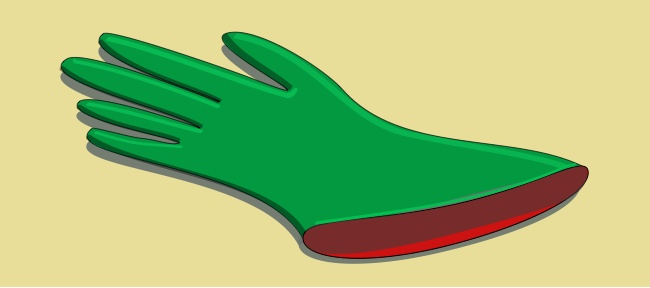 THE DISAPPEARING RUBBER GLOVE
THE DISAPPEARING RUBBER GLOVE
In Universe there is really no leftand right, only convex and concave. This can be proven with acolored rubber glove.
When it's on a left hand, theoutside of the rubber glove is red and the inside isgreen.
However, that left rubber glove canbe stripped off so that red is inside and green outside. And now itfits the right hand.
Of course we can bring back theleft glove by merely stripping off the right glove. But now theright glove has disappeared. Or has it?
Both exist, but not simultaneously.For the left glove to exist, the right must become a non-conceptualconcave glove. And vice versa for the right glove toexist.
What we call space, what we callthe invisible, is just the inside-out of the visible.
 SHORTEST DISTANCENOT A STRAIGHTLINE.
SHORTEST DISTANCENOT A STRAIGHTLINE.
The idea of the straight line astaught in high school geometry is just thatan idea, something thatcan be imagined but doesn't really exist,
Even light doesn't travel in astraight line. For instance, it takes eight minutes for the Sun'slight to reach Earth. So, when we see the last small segment of Sunover the horizon at day's end, the Sun is no longer there. You'reseeing it around the horizon.
This is what Einstein referred toas "curved space." In curved space, geodesic lines are the shortestdistance between two events.
A hunter's gun and a flying objectrepresent two events that can be joined by geodesic lines. If thehunter fires where he sees the object, he misses. He must firewhere he thinks the object will be, also allowing for the curvingpath of the bullet caused by Earth's gravity. Nighttime films ofwarplanes firing tracer bullets clearly show cork-screwing geodesiclines between gun and flying object.
 LIFE IS BUT A DREAM.
LIFE IS BUT A DREAM.
Nuclear physics has found that forevery positively weighted particle there's a negatively weightedcounterpart behavior. This means that all the positives and all thenegatives of physical Universe combined add up to zero. Or, as anold song says:
Row, row, row your boat
gently down the stream.
Merrily, merrily, merrily,merrily.
Life is but a dream.
 YOU'RE NOT ON SOLID GROUND.
YOU'RE NOT ON SOLID GROUND.
As a matter of fact, nothing thatyou see or touch is solid, whether it's a piece of steel, a tree,or your own body.
When you touch something that feelssolid, what you're really experiencing is billions ofelectromagnetic energy events, events moving so fast that they givethe impression of being solid.
In this non-solid electromagneticreality, not even atoms touch one another. In fact, the nuclei ofthe atoms and their orbiting electrons are proportionally as farfrom each other as our Sun and its orbiting planets.
Mass attraction between the atomsis what keeps everything together (and gives us the illusion ofsolidity). The same kind of mass attraction keeps together ourEarth and moon and our Milky Way Galaxy with its flying formationof 100 billion stars.
Because some atoms fly in tighterformations than others, they give an even greater illusion ofsolidity. Rubber atoms fly in tighter formation than air atoms forexample. That's why rubber tires or balloons keep air moleculesfrom escaping. The rubber atoms form a fishnet-like grid. Thoughthe grid is full of holes, those holes are too small for the air tofly through.
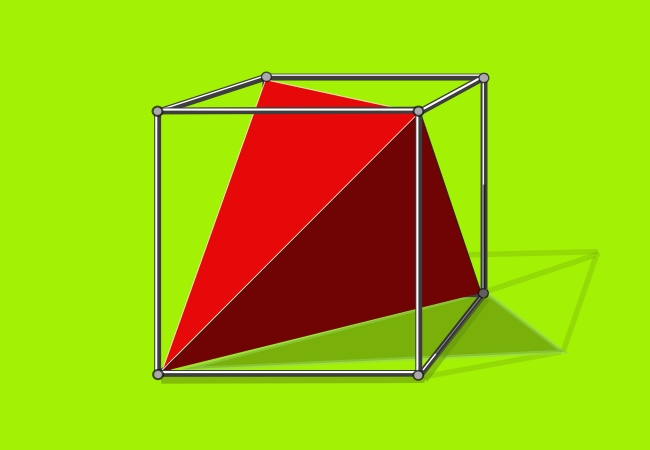 NATURE IS NO SQUARE.
NATURE IS NO SQUARE.
Square roots, square miles, squareblocks, square buildings and even square phrases like "the fourcorners of the Earth." Thousands of years of flat-earth thinkinghas tricked us into believing that reality is based on squares. Butit just isn't so.
The most obvious example, ofcourse, is the spherical planet that we inhabit. Plus there's a lotof other evidence that shows that nature puts things together withtriangles and 60 degree angles, not squares and 90 degreeangles.
In 1885, an organic chemist namedVan't Hoff determined that chemical bonding was based on thetetrahedron. The tetrahedron is nature's simplest, strongeststructure and has just four triangular faces.
Then in 1932, Linus Pauling, usingx-ray diffraction to probe the atomic structure of metals, foundthat metals were also based on tetrahedrons.
More recently, there's thediscovery of the DNA Helix by Watson and Krick. This model, too,nature's basic life structure, is based on the triangulartetrahedron, not squares or cubes.
Next page
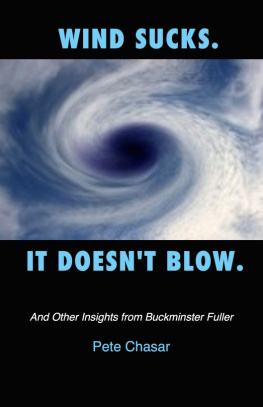
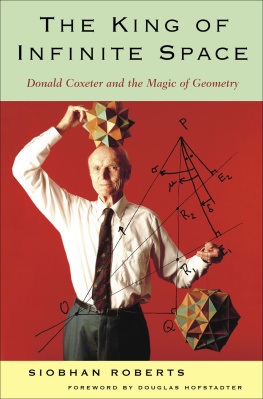

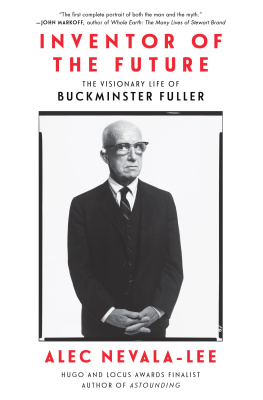

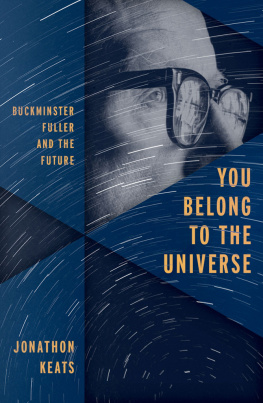

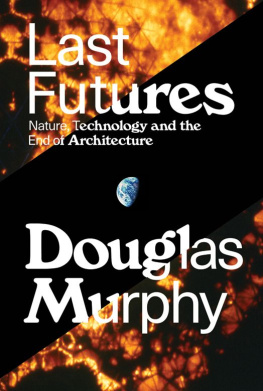
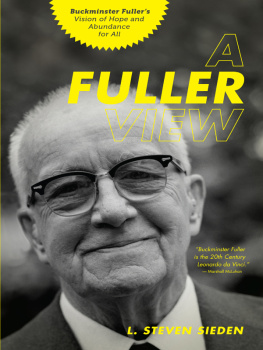
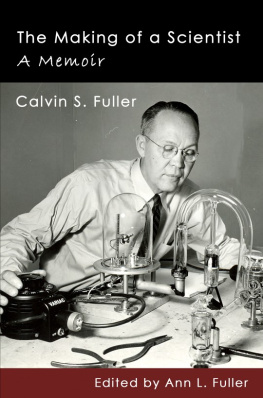

 NO INSTANT UNIVERSE OR PUDDING
NO INSTANT UNIVERSE OR PUDDING THE DISAPPEARING RUBBER GLOVE
THE DISAPPEARING RUBBER GLOVE SHORTEST DISTANCENOT A STRAIGHTLINE.
SHORTEST DISTANCENOT A STRAIGHTLINE. LIFE IS BUT A DREAM.
LIFE IS BUT A DREAM. YOU'RE NOT ON SOLID GROUND.
YOU'RE NOT ON SOLID GROUND. NATURE IS NO SQUARE.
NATURE IS NO SQUARE.